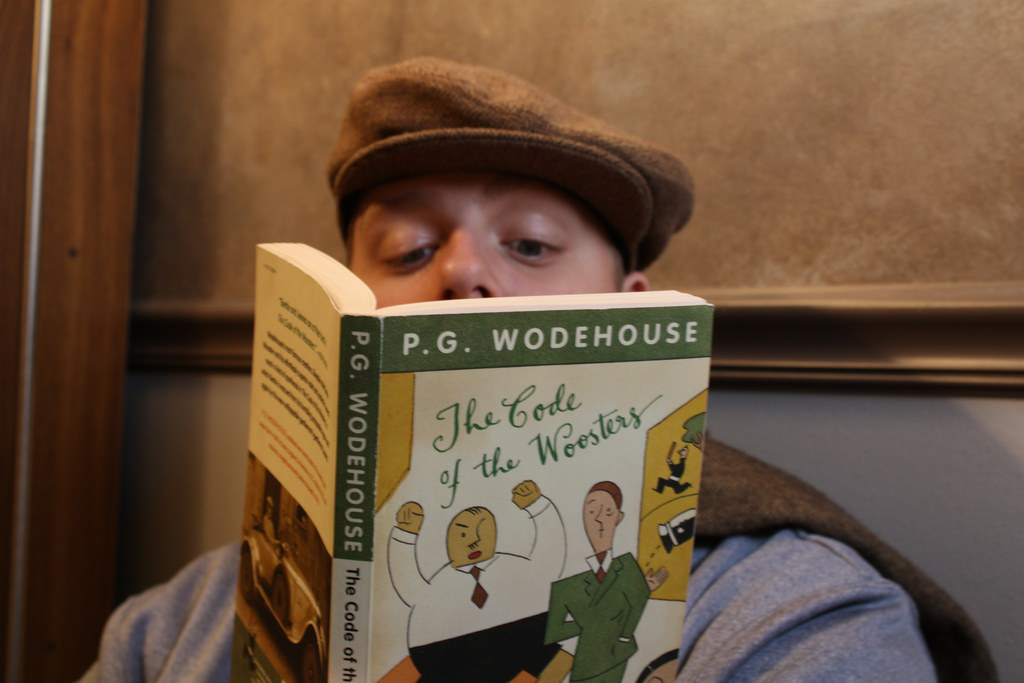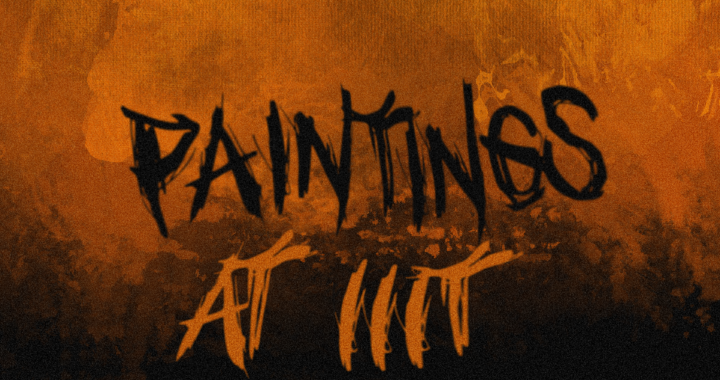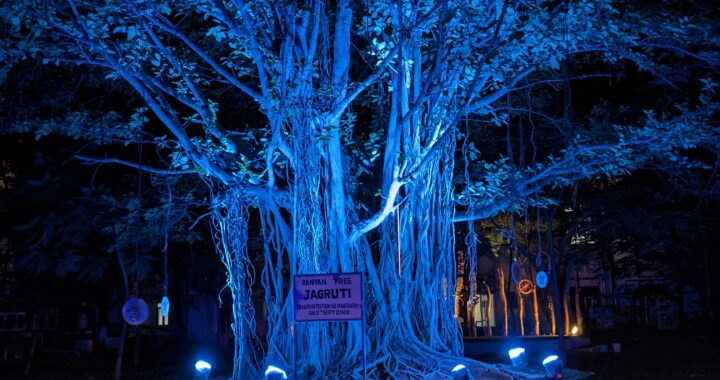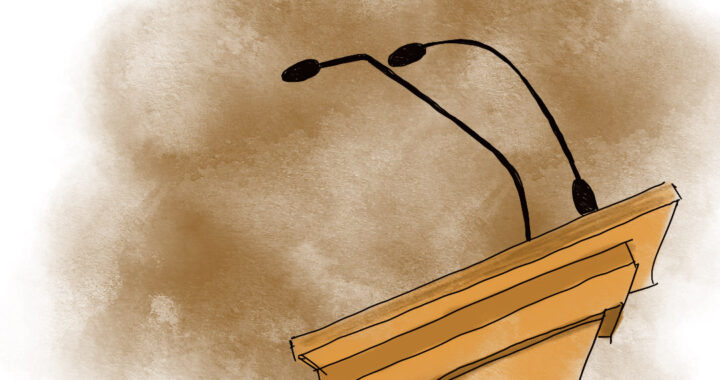The Wonderful Wodehouse

Not long ago, I was leafing through books in a Landmark store – a pleasure that is lost on today’s tech savvy generation. I could see books by many distinct authors in almost every category, but there was one anomaly that caught my eye. The only books present in the Humour section were those written by PG Wodehouse. It wasn’t an empty shelf by any means, it was overflowing with books, but only by this one author. And it struck me – ‘Wodehouse is humour and humour is Wodehouse.’
It made me remember my own chance association with his work. I had been suggested Ring for Jeeves by my brother. In general, book recommendations to me are like water off a duck’s back, but I decided to give it a try, and it turned out for the best. I still distinctly remember how hard I laughed at one of the sentences.
“It was a confusion of ideas between him and one of the lions he was hunting in Kenya that had caused AB Spottsworth to make the obituary column. He thought the lion was dead, and the lion thought it wasn’t.”
My friend even had to ask me if I was alright!
From that moment on I was hooked on to it, trying to grab any and every book by the Master. People look at his works with ‘a jaundiced eye’[1], and even confuse ‘comic writing’ with ‘comic books’, but that’s because they haven’t really ventured into any of his creations yet.
The writing was ageless, the scenarios unaffected by the changes taking place in the real world over a span of 70 years. In a time of war and turmoil, the man was writing about the awkward situations of the idle rich Bertie W Wooster and his “gentleman’s personal gentleman” (‘not a butler, though if the call comes, he can buttle like the best of them’[2]) Jeeves. This world was entirely of his own creation, populated by aunts ‘who chew broken bottles and kill rats with their teeth’[3], lords who could only think about their pigs’ diet, policemen whose hats were pinched on Boat Race Night, girls who were being sent to the countryside to bear them away from love, and Wooster getting engaged and managing to be ‘returned to store at the eleventh hour’[4] (just before the ringing of the wedding bells). Two of my favourite scenes were that of Gussie Fink Nottle presenting prizes at the Market Snodsbury Grammar School[5] and Spode’s comeuppance[6].
Apart from the sheer comic style of writing, one other thing I liked was how Wodehouse could manage to entertain by words even after writing over 90 books with similar plot lines. Wodehouse “out-generalled the man this time by putting in all the old characters under the same names.” (as remarked by a critic) [7] When he gave a reference of an incident that transpired in another novel, and summarised it for want of time, I would feel ecstatic, a sort of connection between him and me because of having read that particular novel too.
PG Wodehouse was the most unique and prolific writer I have ever seen. He was writing a novel on the very day that he died – 14th February, 1975. Had he created just Jeeves and Wooster, or just written the Blandings Castle saga, he would have been rightly called the Master, but for one person to have created so many other characters (Mike and Psmith, Mr. Mulliner, Ukridge, and the Drones Club Members), it’s simply beyond imagination. Thank G for Wodehouse. Reading Wodehouse anytime makes me feel like –
The lark is on the wing;
The snail is on the thorn;
God is in His heaven –
All is right with the world!
–
Anurag Gupta
References –
[1] – Blandings Castle and Elsewhere (1935)
[2] – Stiff Upper Lip, Jeeves (1963)
[3] – The Mating Season (1949)
[4] – Code of the Woosters (1938)
[5] – Right Ho, Jeeves (1934)
[6] – Code of the Woosters (1938)
[7] – Summer Moonshine (1937)

 Paintings of IIIT
Paintings of IIIT  The Mess-y Situation
The Mess-y Situation  Ping! merges with Blogs@IIIT
Ping! merges with Blogs@IIIT  Cricket Corner: Looking Ahead to the Border-Gavaskar Trophy (Pt III)
Cricket Corner: Looking Ahead to the Border-Gavaskar Trophy (Pt III)  A perspective on sports in IIIT
A perspective on sports in IIIT  The Tale of Jagruti
The Tale of Jagruti  Cleaning up the Mess?
Cleaning up the Mess?